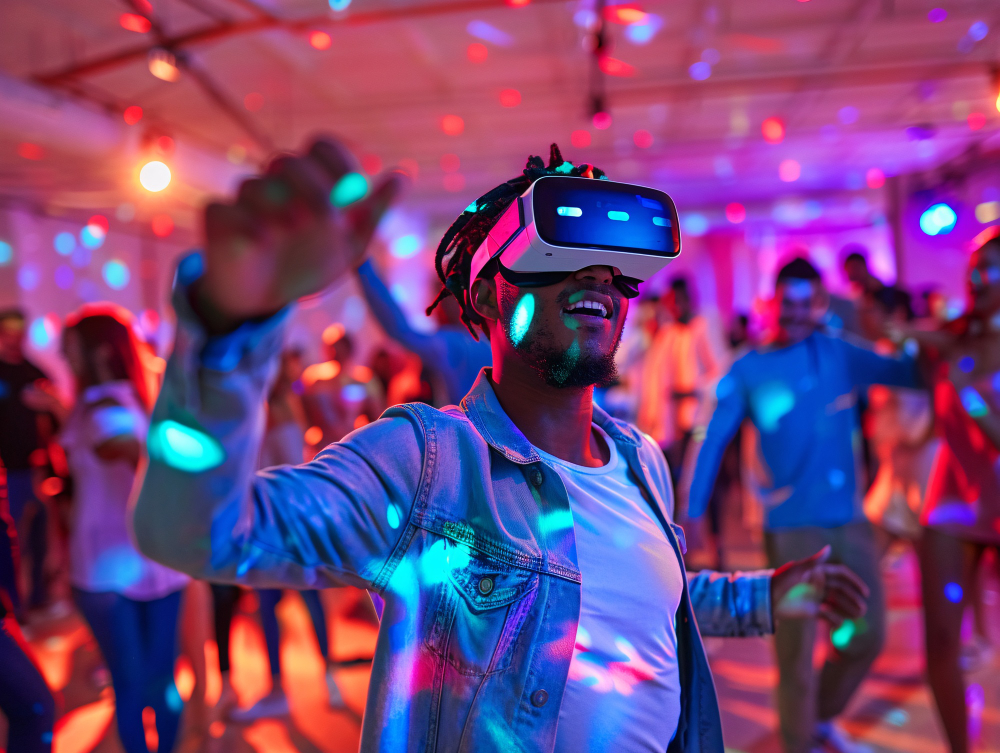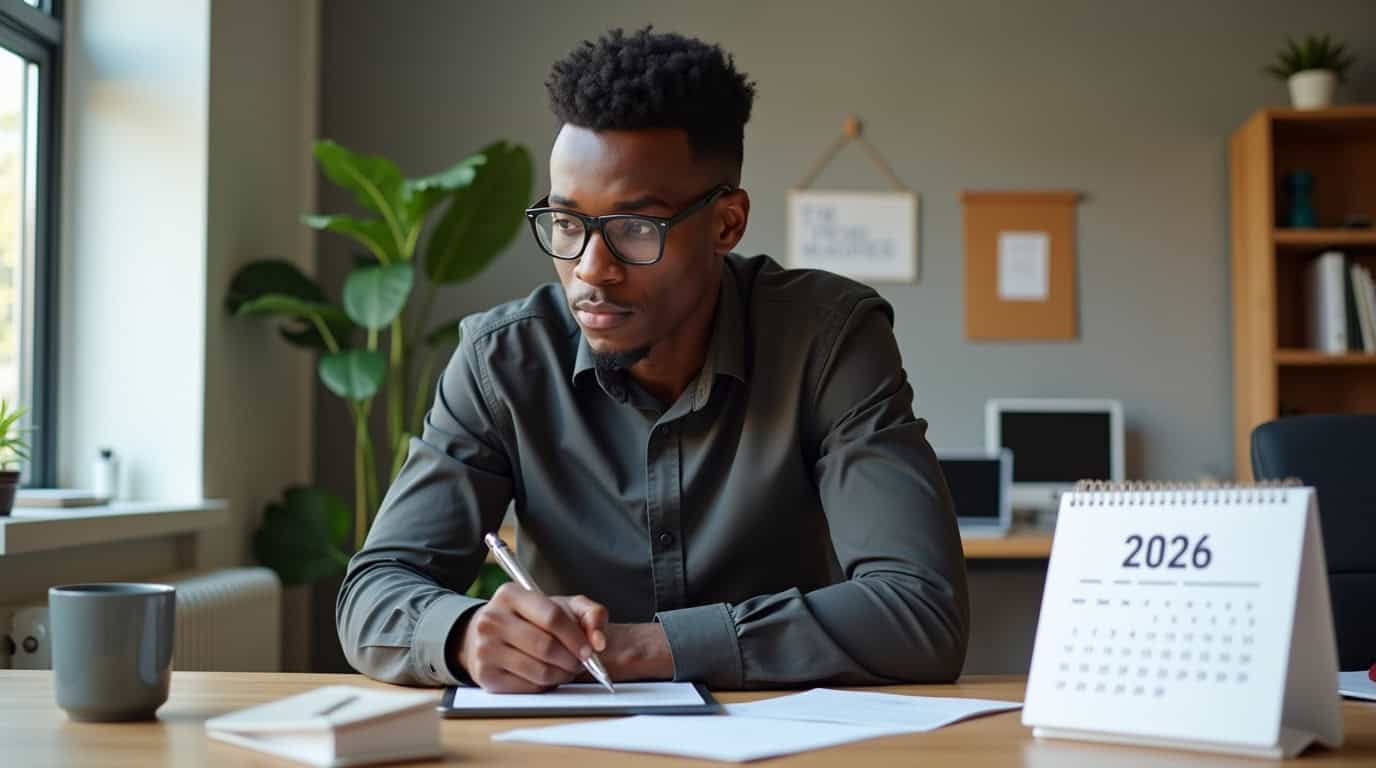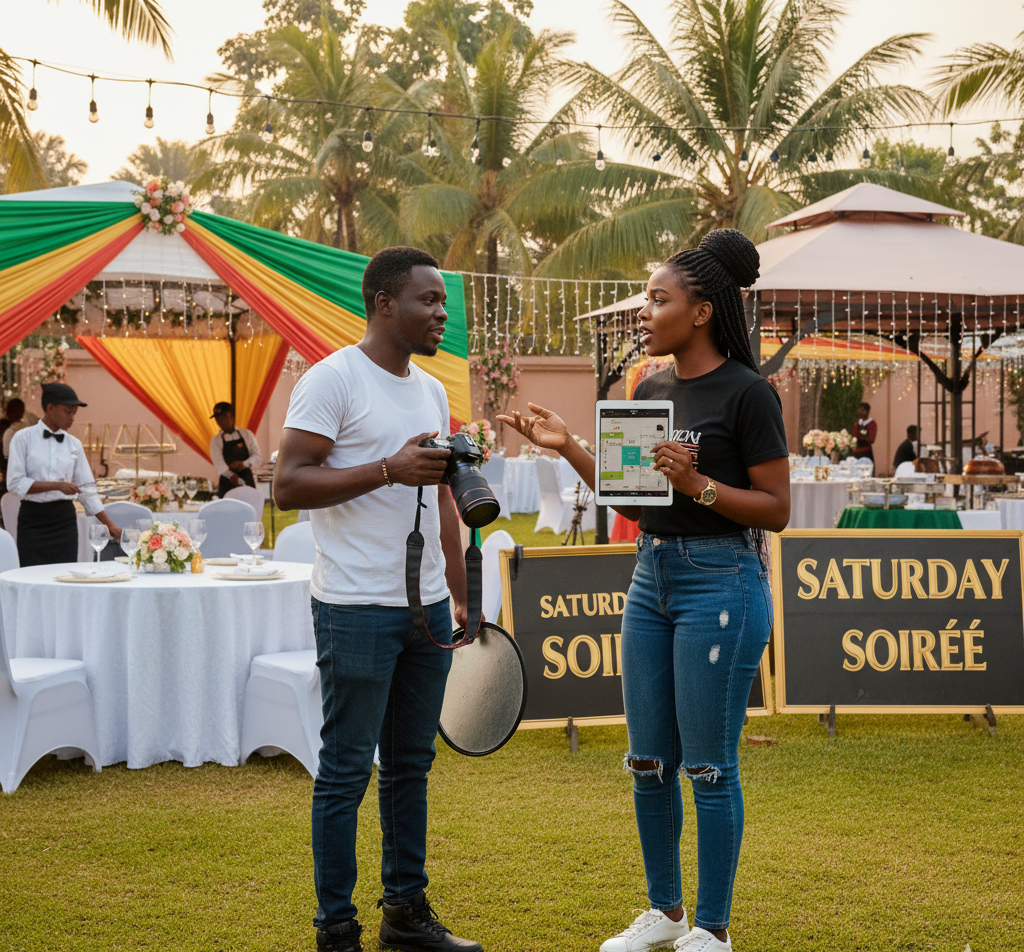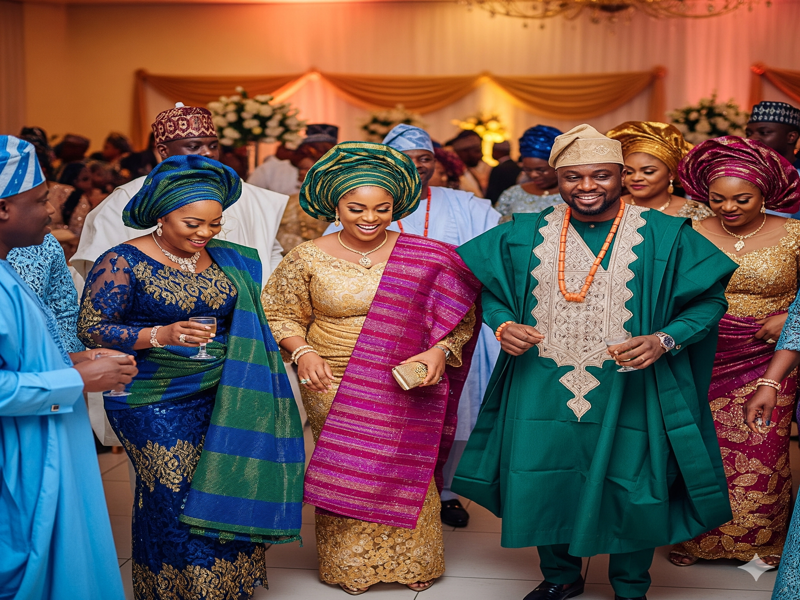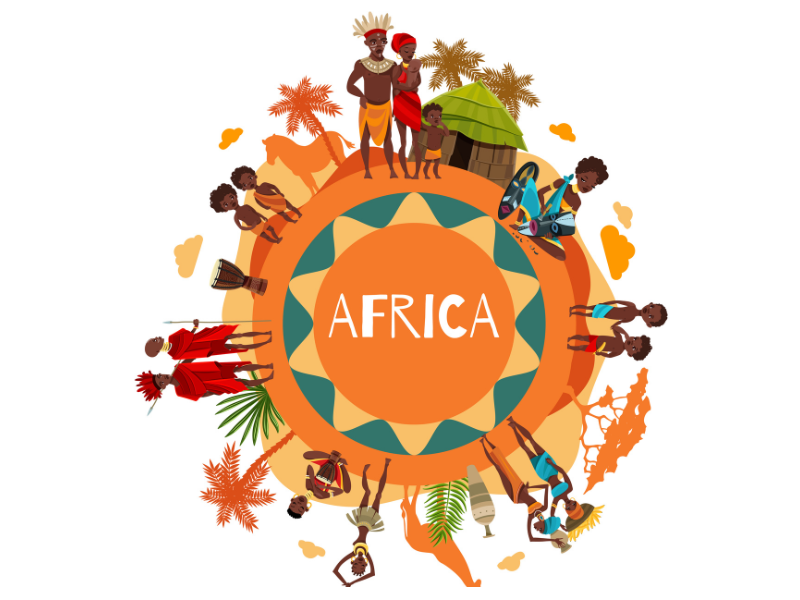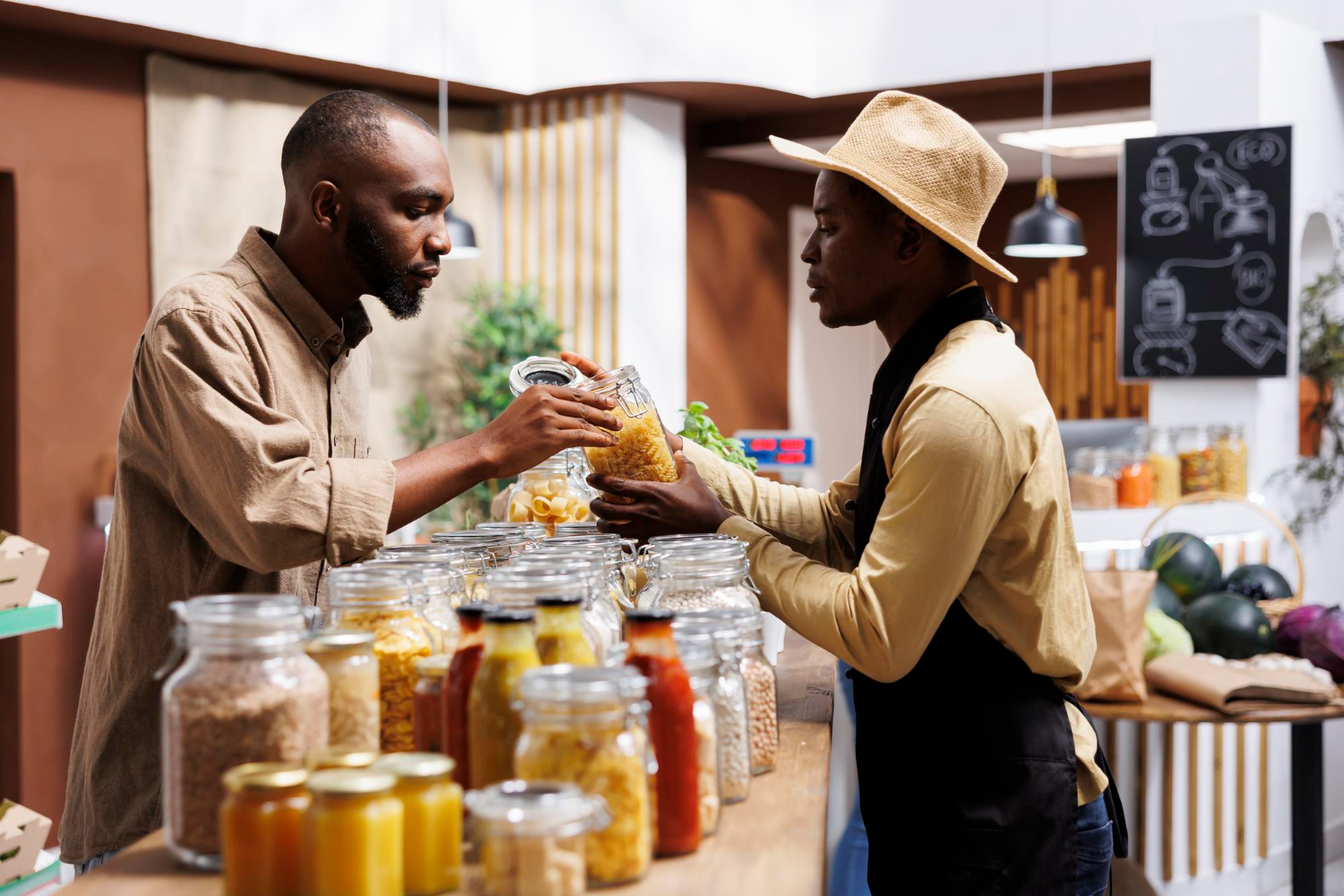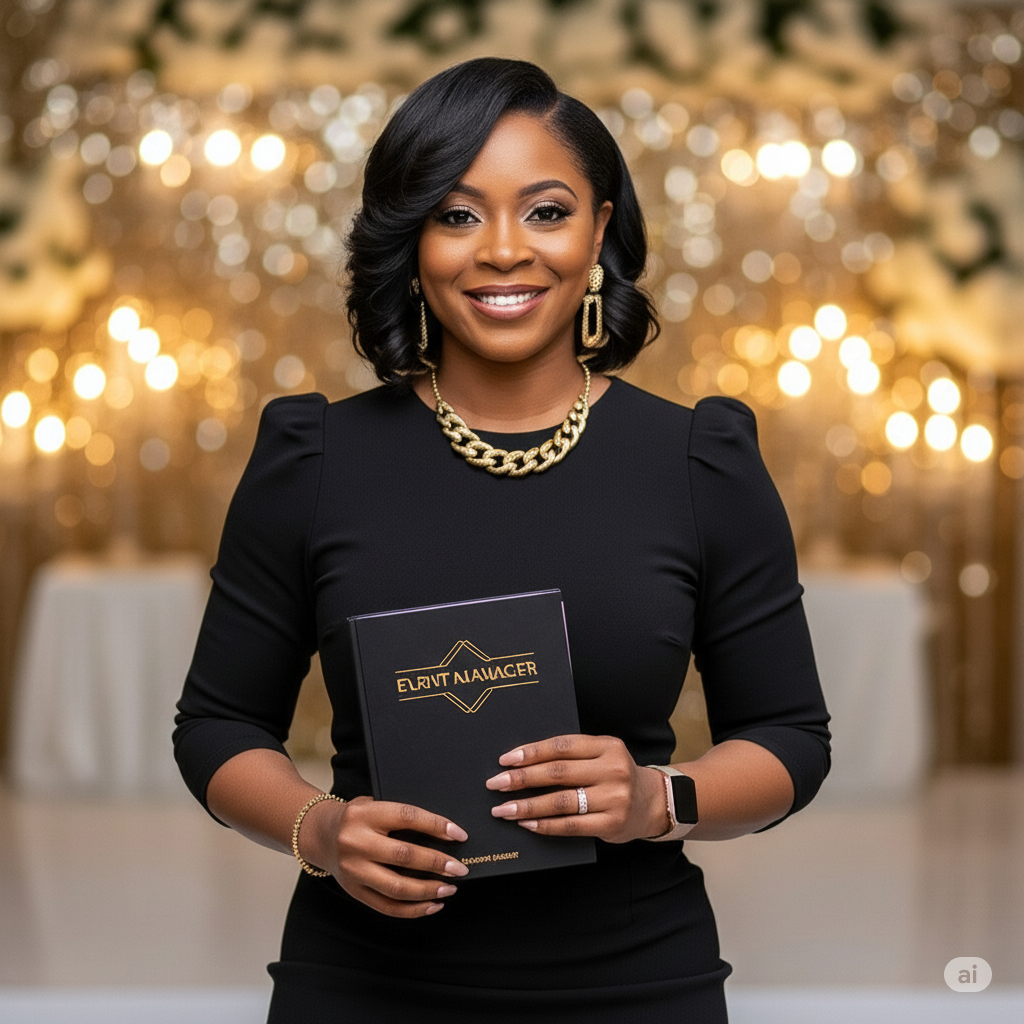Event photography has not only proven to be a powerful tool for telling event stories but has also stood as one of the most effective tools for transferring memories and cherished moments between one generation and another. Event photography is thus not just one of those event activities; rather, it is a vital element that, when properly and creatively utilized, can transform the life of any event. Not only does photography act as the keeper of treasured moments, but it is also used to capture the spirit of events for future reference.
In this piece, we shall be examining some astonishing tips for capturing that perfect moment that can create unforgettable memories for your client and grant you the edge you have always wanted.
To be on the edge, you must be able to turn transitory moments into enduring memories and preserve temporary expressions. Capture complete and accurate moments and scenes that matter to be able to narrate the true story. A lot of times, these experiences are far from being achieved because of incompetence, misplaced focus and priority and most probably ignorance of the work of the man called the photographer.
Let’s get started
Know your event photography tools
Are you really ready for the job? Then let’s look at what you’ve got. Your tools say a lot about how prepared you are. However, much more crucial are your event photography skills. In essence, when a great skill combines with good tools, success is predictable. In contrast, if you have a good tool but not a good skill or vice versa, then the result may not be favourable.
To capture great moments that will guarantee memories and give an edge to your style, you must know your tools, carefully select camera gear, and understand the different camera settings for various scenes. A dependable mirrorless camera or DSLR with interchangeable lenses provides flexibility and can adjust to many types of situations. Fast prime lenses are necessary to get clear shots in low light. Stability is improved with a sturdy tripod for long shots. Adequate memory cards and extra batteries will help guarantee continuous coverage and ensure you don’t miss a crucial moment, while external flashes improve lighting control.
This is the secret!
Don’t always wait for the next event to make use of your tools; get out there and shoot at your environment and get to know your tools better. “A lazy workman will always quarrel with his tools.” Don’t be one.
Pre-Event Preparation
Remember the Boy Scout rule; be prepared! To be able to capture accurate and complete storylines of any event, photographers must be prepared. You must be able to track story progress from the pre-event activities, the actual event day and the post-event. This will make you familiar with the major and minor characters involved in the scene and the roles they play in the event. Good and timely preparation will also expose you to the dynamics of the venues, the lighting system, the best camera positioning for optimal shots, etc.

In event photography, in-depth planning does not involve logistics alone; it entails planning your shots and your moves. There are no two ways to be intentional with your story than to plan your shots, because great shots are not by mistake; they are planned. In addition, it helps you to blend into the event and get accustomed to the atmosphere so you can capture candid moments and/or natural shots and avoid all the uninteresting rigidity that comes with posed photos.
Engaging with event participants
This element is crucial to the successful capture of perfect shots at the right moment. Unfortunately, photographers who have attitude problems or complexes may end up blowing away delicate chances of getting the attendees to give them the needed character. Photographers must, among many others, seek to get the favour of the attendees.
This connection facilitates sincere expressions, guaranteeing that moments are captured with sincerity. Attendees are more inclined to comply with posed photos and interact organically during candid moments when the photographer becomes friendly and well-known.
Not forgetting also that the photographer should be able to encourage ease or comfort in front of the camera using simple gestures such as explaining intentions through clear communication, providing gentle guidance, respecting personal space and choosing optimal timing.
In conclusion, there is no end to continuous learning, and photographers are encouraged to consistently strive to blend technical skill with creativity to capture truly memorable shots.


